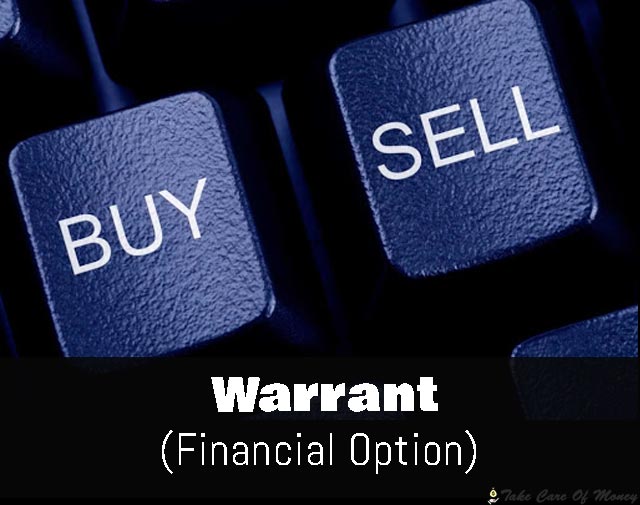Table of Contents
A warrant is a financial derivative, issued OTC (over the counter), which gives its buyer the right to buy (Warrant call) or sell (Warrant put) a certain financial asset (underlying asset), within a specified period and at a price. previously stipulated (exercise price) in exchange for the payment of a premium.
A warrant is very much like a financial option. In fact, we can classify them as a type of option. Both grant a right of purchase or sale to their buyer. The main difference between a warrant and an option is that warrants are purchased from an issuer. Therefore, they can only be bought, while anyone can buy or sell options (acting as an issuer).
We should not confuse buying or selling a warrant with buying or selling the underlying asset. In other words, we can buy the right to buy or sell. Of course, what we cannot do is sell the right to buy or sell.
A warrant, like most financial derivatives, is a leveraged product. That is, the investment has a multiplier effect on the profitability of the underlying asset and therefore, the gains and losses are often bulky compared to what is invested.
Components of a warrant
To better understand what a warrant is and its component parts, we are going to number the elements cited in its definition. The components of a warrant are:
- Right to buy or sell: What you buy when you buy a warrant is the right (not the obligation) to buy or sell a financial asset. The options that give us the right to buy are called warrant calls. While those that give us the right to sell the financial asset are known as warrant put.
- Underlying asset: We have said that what we are acquiring is a right to buy or sell a financial asset. We call that financial asset an underlying asset. For example, a warrant on gold. The underlying asset is gold.
- Expected term: The anticipated term is technically called the expiration term. It is the term that the contract lasts. For example, the expiration time may be two months. Likewise, the expiration date is the specific day the contract expires.
- Strike price: The strike price is the price at which we agree that we will have the right to buy or sell. Although it is an English term, the term strike is used to refer to the strike price.
- Premium: The premium is the price of the right. That is, what we pay to acquire the right to buy (call) or sell (put) an underlying asset.
It is important to indicate that, unlike financial futures and forwards, when buying warrants we have the option and not the obligation.
Types of warrants
Apart from the two main types of warrants, warrant call (purchase) and warrant put (sale), we can classify warrants according to another type of classification. This classification takes into account the period in which we can execute them. The types of warrants are:
- European Warrant: Can only be run on the expiration date. That is, if the maturity is two months, until after those two months we can not get rid of the derivative. In this case there are only two alternatives, exercising the option or not exercising it at the end.
- American Warrant: Can be run at any time during the expiration period. Following the example above, we could execute the option before those two months.
Why would we want to exercise a warrant before time? Suppose we pay a premium of $ 10 for having the right to buy options from the company ABC at 3 euros. The expiration period is 2 months. When a month passes, the shares fall to 2 euros. At that time we believe that our forecast will not be fulfilled. Therefore, what we will do is execute the option at a lower price than we bought it. Instead of losing the $ 10 premium, we will lose less.
Difference between a warrant and a financial option
The main difference between a warrant and a financial option is the market in which they are listed. Warrants, as indicated in the definition, are quoted on OTC markets. However, financial options are listed on regulated markets.
See more about the difference between warrants and options
The editor recommends:
